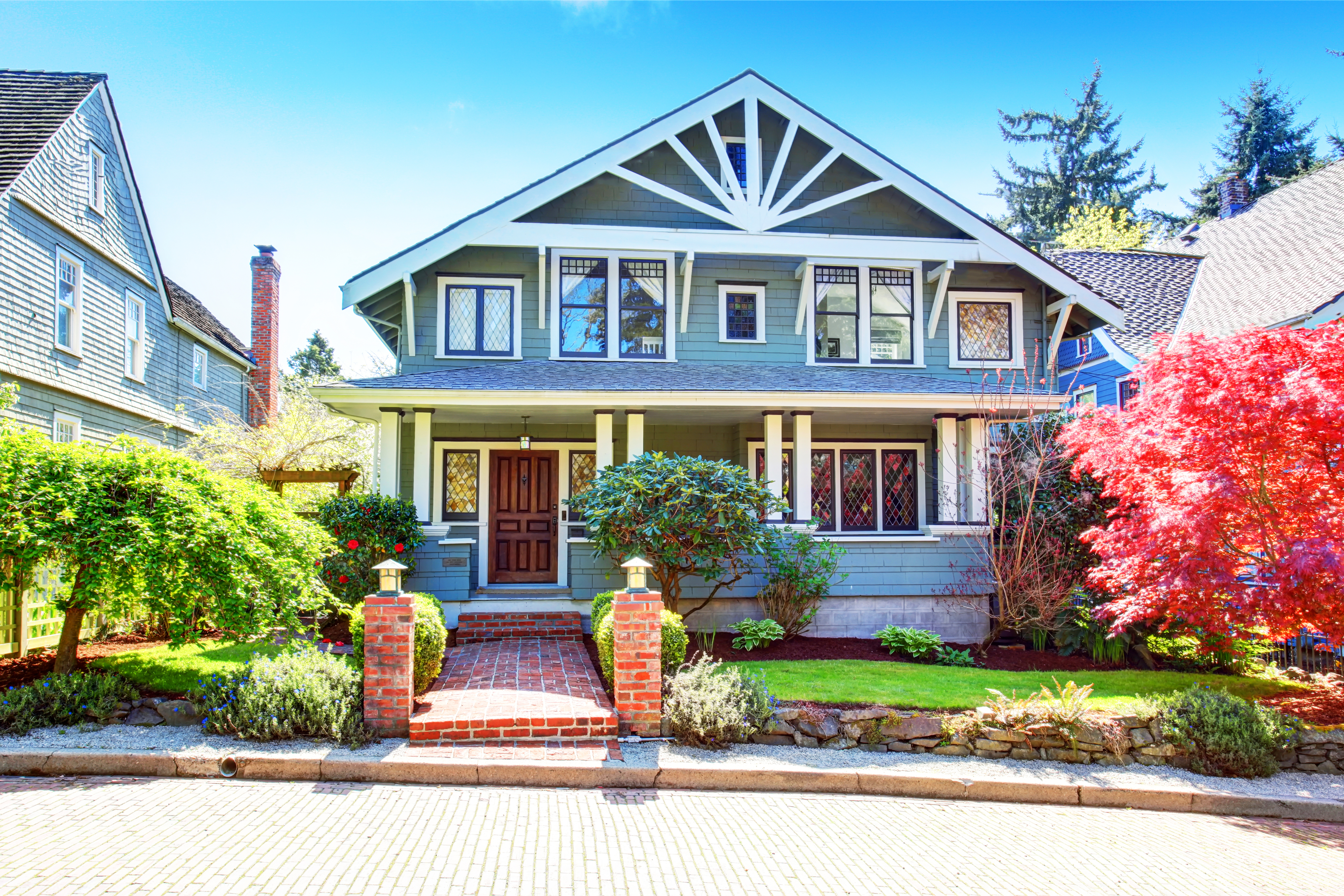
New vinyl siding adds value and curb appeal to homes in Columbus, Ohio. Learn about average vinyl siding installation costs in Columbus, Ohio.
Weigh the pros and cons to choose the right siding


Vertical siding is more water resistant than horizontal siding.
Horizontal siding is more common than vertical siding.
Vertical siding costs slightly more to install.
Your home’s siding makes a big impact on its curb appeal, so it’s a good idea to carefully weigh your options before committing to a type. Horizontal siding is what you see on most houses—it has a classic appearance that’s been around for decades. But vertical siding is also having a moment, offering a modern twist on its horizontal counterpart.
Use this guide to learn all about the differences between horizontal and vertical siding so you can make an informed choice for your home.
Horizontal and vertical siding differ by factors like cost, appearance, and installation complexity. The right choice for your home heavily depends on your personal needs and priorities.
| Type of Difference | Vertical Siding | Horizontal Siding |
|---|---|---|
| Appearance | Modern look | Classic look |
| Cost | Slightly more expensive | Slightly less expensive |
| Durability | More durable | Less durable |
| Installation | More complex installation | Simpler installation |
| Maintenance | Lower maintenance | Higher maintenance |
| Insulation | Slightly better insulator in some cases | Slightly worse insulator in some cases |

The biggest difference between the two siding options is their appearance. Just as the name implies, vertical siding is vertically oriented on a house, or up and down, while horizontal siding is horizontally oriented, or left to right. Horizontal siding is more popular than vertical siding, so it’s what you see on most homes. However, vertical siding is gaining popularity as a modern alternative.
Horizontal and vertical siding both have similar price points, which vary depending on the material. But vertical siding tends to cost a bit more to install since, unlike horizontal siding, it requires furring strips between each piece of siding to create a flat surface and provide a weather-resistant barrier. This added material and time can increase installation costs.
Vertical siding’s orientation means that water easily drips off rather than collecting at the seams, so it tends to be more resistant to water damage than horizontal siding. For the same reason, vertical siding is also less prone to accumulating dirt and debris than horizontal siding, which can reduce its maintenance needs and prolong its life span compared to horizontal.
Vertical siding typically involves a more complex installation process than horizontal siding since it requires furring strips to create a flat surface, adequate support, and a weather-resistant barrier. This is why installing vertical siding is usually slightly more expensive than horizontal siding, but the cost differences aren’t typically very significant.

It’s easier for water, dirt, and debris to accumulate on horizontal siding, which can create problems like rot and mold, particularly in wood siding. That means horizontal siding requires more frequent maintenance in the form of cleanings. However, both types of siding should be cleaned at least annually to maintain their condition and appearance.
When moisture seeps behind siding, it can compromise its insulation properties. Vertical siding’s more efficient water drainage can reduce the risk of moisture accumulation, so it might be a slightly better insulator than horizontal siding. However, the main factor involved in how well siding insulates is the material from which it’s made.
From average costs to expert advice, get all the answers you need to get your job done.

New vinyl siding adds value and curb appeal to homes in Columbus, Ohio. Learn about average vinyl siding installation costs in Columbus, Ohio.

Fiber cement siding is durable, fire-resistant, and affordable. Learn more about fiber cement installation costs in Columbus, OH.

The cost of siding repair varies depending on material, design, and damage. This helpful guide covers the siding repair costs to expect in Columbus, Ohio.

One afternoon of bad weather can leave your aluminum siding with dents, scratches, and holes. Learn how you can repair aluminum siding in a few short hours.

Regularly cleaning vinyl siding helps your house look better and last longer. Find out how you can tackle this DIY project on your own.

Do you want to give your home a new fresh look? Check out these vertical siding options to figure out which type and style is best for your house.